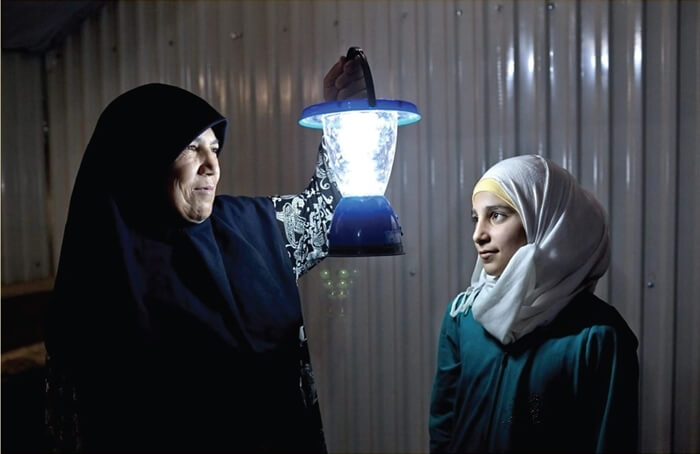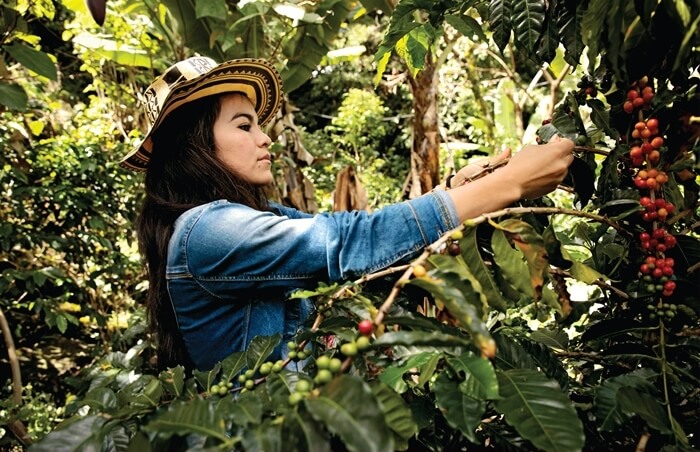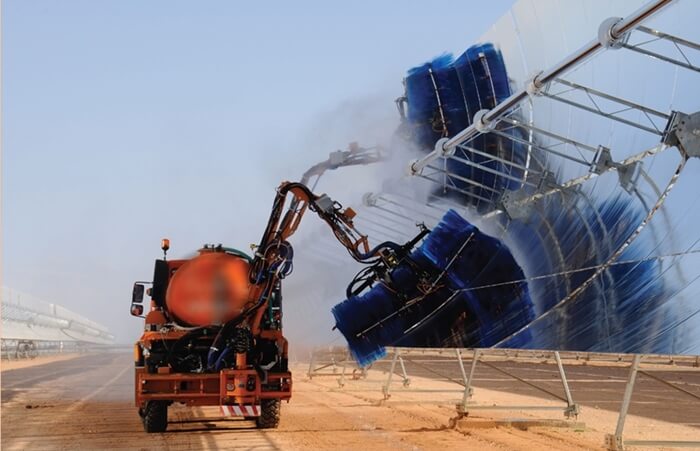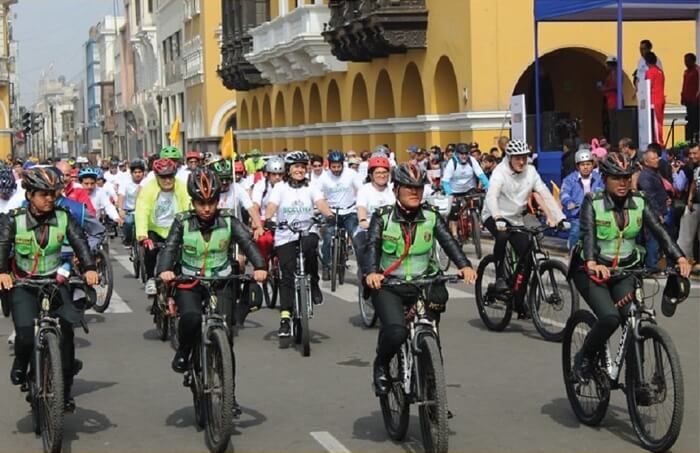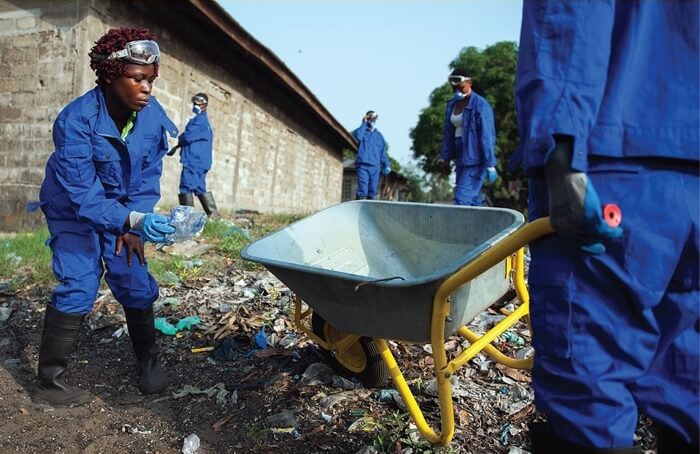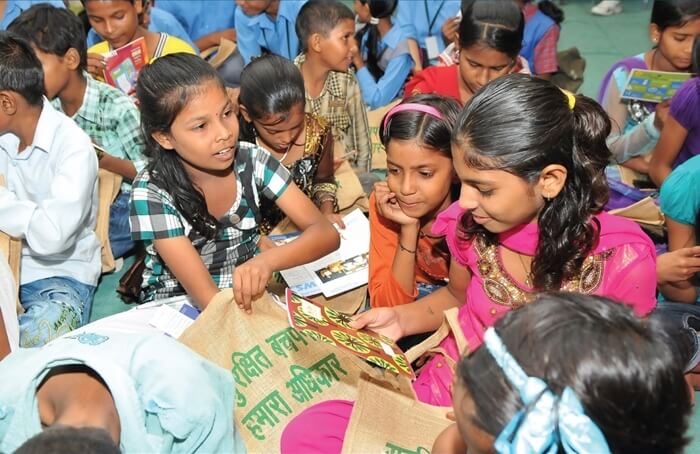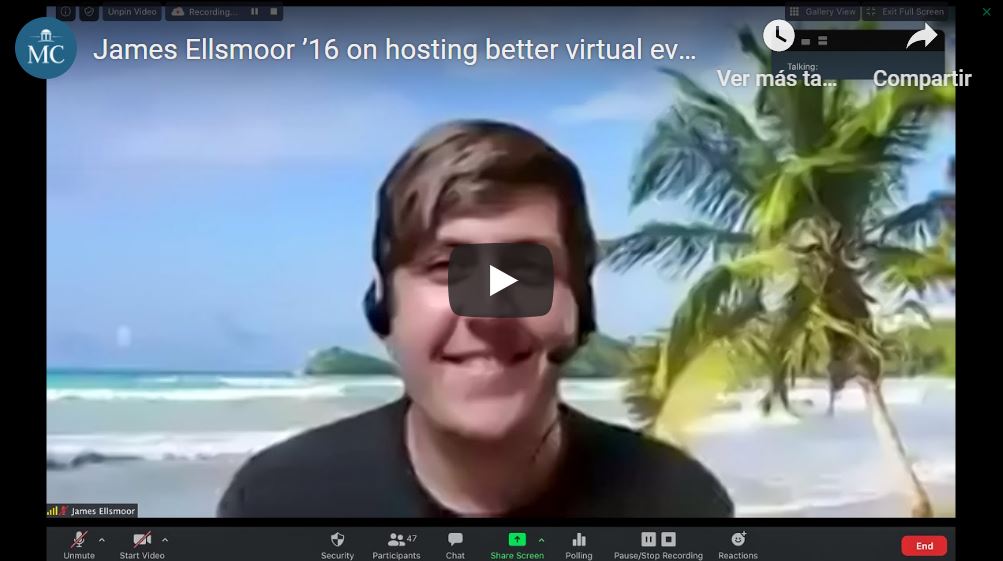Waste is a big topic for island communities and nations around the world. This waste can be both internally-generated (by both locals and tourists) or washed up from the sea. The challenge of finding affordable ways to manage and remove large volumes of imported and potentially toxic waste can seem insurmountable, particularly for smaller or more isolated communities.
Although the world’s richest countries only constitute 16% of the global population, they produce more than a third of the world’s waste. Much of this ends up in oceans, creating “trash islands” around the world. According to the UN Environment division, SIDS produced an average of 2.3 kg of waste per person per day in 2019, which is 48% higher than the average set by the OECD, adding that much of this waste comes from the region’s tourism sector.
Many island nations and communities are making strides towards not just proper waste management, but also finding ways of turning waste into energy (W2E). In 2019, the International Energy Agency (IEA) noted that waste-to-energy technologies are underused but gaining ground in Southeast Asian nations. In Thailand, the government has set the goal of increasing the country’s waste-to-energy capacity from about 300 megawatts now to 900 megawatts by 2037. W2E is particularly popular in East Asia, and many argue it could bring a more stable electricity supply to off-grid islands.
Converting waste to energy is one of the greatest ways islands can kill two birds with one stone: able to produce energy and also solve issues of pollution. A waste-to-energy solution may also help islands economically – after all, tourists don’t want to visit an island covered in trash.
Do you know any innovative projects solving the waste problem? Please let us know of more examples in the members-only Island Innovation Facebook Group and LinkedIn Group.

Island Innovation is a social enterprise and digital media company at the intersection of sustainable development and communications, offering specialised services across various sectors. We bring together the private sector, government, utilities, NGOs and universities to advance innovation for sustainability and prosperity in islands worldwide.

